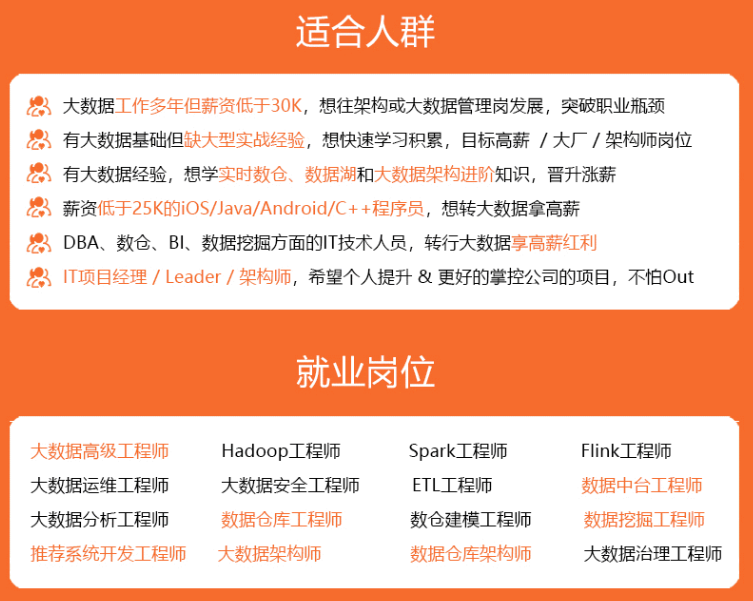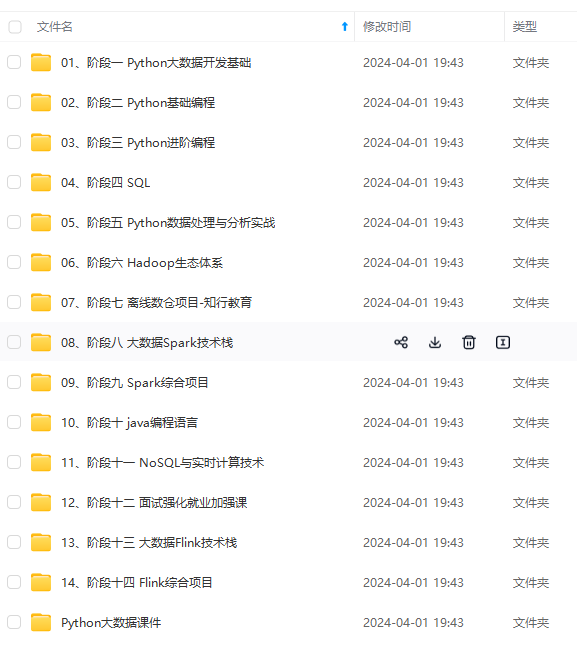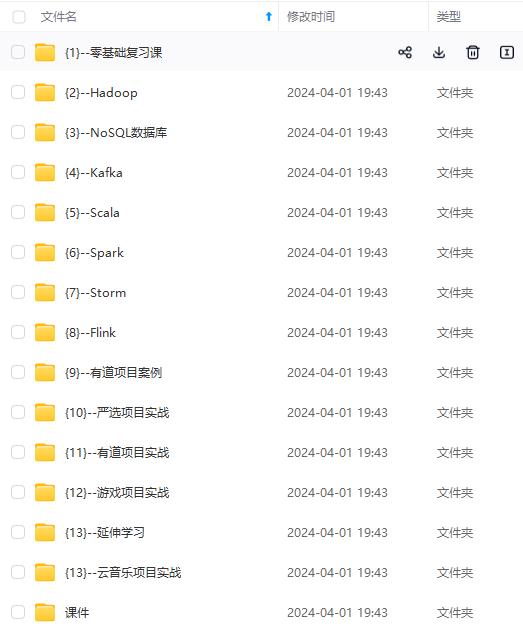先自我介绍一下,小编浙江大学毕业,去过华为、字节跳动等大厂,目前阿里P7
深知大多数程序员,想要提升技能,往往是自己摸索成长,但自己不成体系的自学效果低效又漫长,而且极易碰到天花板技术停滞不前!
因此收集整理了一份《2024年最新大数据全套学习资料》,初衷也很简单,就是希望能够帮助到想自学提升又不知道该从何学起的朋友。





既有适合小白学习的零基础资料,也有适合3年以上经验的小伙伴深入学习提升的进阶课程,涵盖了95%以上大数据知识点,真正体系化!
由于文件比较多,这里只是将部分目录截图出来,全套包含大厂面经、学习笔记、源码讲义、实战项目、大纲路线、讲解视频,并且后续会持续更新
如果你需要这些资料,可以添加V获取:vip204888 (备注大数据)

正文
public class CustomOAuth2UserService implements OAuth2UserService {
private static final String MISSING\_USER\_INFO\_URI\_ERROR\_CODE = "missing\_user\_info\_uri";
private static final String MISSING\_USER\_NAME\_ATTRIBUTE\_ERROR\_CODE = "missing\_user\_name\_attribute";
private static final String INVALID\_USER\_INFO\_RESPONSE\_ERROR\_CODE = "invalid\_user\_info\_response";
private static final ParameterizedTypeReference<Map<String, Object>> PARAMETERIZED\_RESPONSE\_TYPE = new ParameterizedTypeReference<Map<String, Object>>() {
};
private Converter<OAuth2UserRequest, RequestEntity<?>> requestEntityConverter = new OAuth2UserRequestEntityConverter();
private RestOperations restOperations;
public CustomOAuth2UserService() {
RestTemplate restTemplate = new RestTemplate();
restTemplate.setErrorHandler(new OAuth2ErrorResponseErrorHandler());
this.restOperations = restTemplate;
}
@Override
public OAuth2User loadUser(OAuth2UserRequest userRequest) throws OAuth2AuthenticationException {
Assert.notNull(userRequest, "userRequest cannot be null");
if (!StringUtils
.hasText(userRequest.getClientRegistration().getProviderDetails().getUserInfoEndpoint().getUri())) {
OAuth2Error oauth2Error =







 本文介绍了在Spring Security中如何配置自定义OAuth2UserService实现,以处理多种登录方式,包括遇到的问题及解决多方登录共存的策略。作者分享了相关代码和实现细节。
本文介绍了在Spring Security中如何配置自定义OAuth2UserService实现,以处理多种登录方式,包括遇到的问题及解决多方登录共存的策略。作者分享了相关代码和实现细节。
 最低0.47元/天 解锁文章
最低0.47元/天 解锁文章















 873
873











 被折叠的 条评论
为什么被折叠?
被折叠的 条评论
为什么被折叠?








